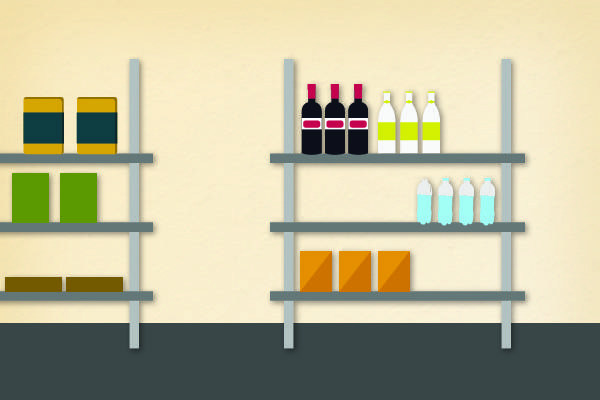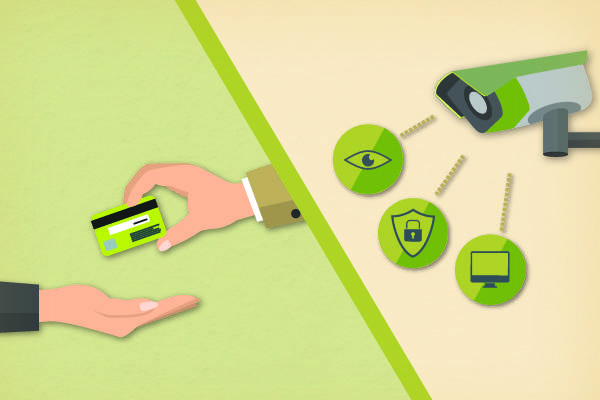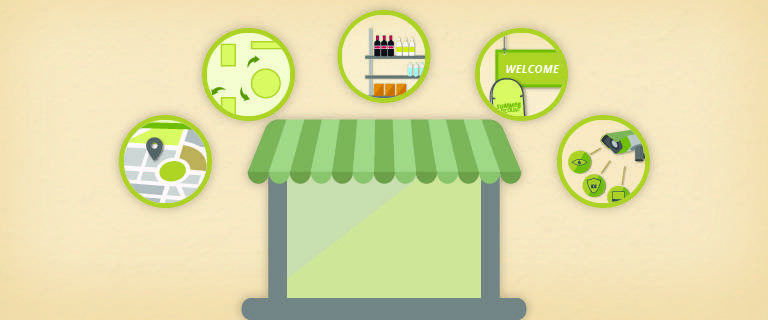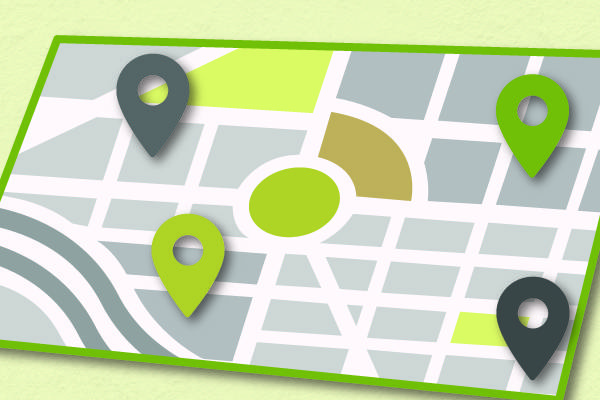Brick and mortar retail is tough, and American retailers are closing locations at a record pace. The shopping mall was once considered an American staple, but e-commerce giants like Amazon, eBay, and Alibaba changed all that. Now long-standing retailers like JCPenney, Staples, Bebe, Rue21, RadioShack, and more are shutting their brick and mortar stores like there’s no tomorrow.
Still, it’s possible to create a successful brick and mortar brand today as it was before the Internet if you understand the fundamentals. If you want to build a sustainable retail location, there are five key factors to consider.
Location, Location, Location
Where you build your retail location can have a tremendous impact on its success. A prime location with a lot of foot traffic can bring in more warm bodies, but this often comes with a premium price. In addition, with malls dying around the country, you’re not necessarily safer just because you’re surrounded by other businesses. To build a successful retail location, you need to consider the local demographics, competition, and history of a location.
Building a clothing or furniture store where another recently closed saves money on construction costs, but there’s a reason the prior tenant failed. Before choosing a location, be sure to research everything about it.
Floor Layout & Traffic Flow
When designing the inside of your store, floor layout is vital for steering foot traffic the way you want it to flow. A crowd of people is much less productive than a guided line, so set things up to guide customers counterclockwise around the store. Aisles should be placed in a way where it’s easy to navigate while positioning products in viewing range.
Check out this article for three winning store layouts and the best ways to use them.
Product Placement

Regardless of which grocery store you prefer, there’s a similar layout involved. Staples like milk, eggs, and meat are located in the back, forcing customers to walk through aisles past other merchandise in order to find them. While checking out, you’re presented with impulse items like gum, candy, and magazines that are hardly essentials.
While a window display filled with your most popular items can draw in foot traffic, customers should have to go deep into the store to actually browse those items, providing tons of opportunities to upsell. Also, don’t forget the power of endcaps and freestanding displays.
Signage and Display

Even if you have the best products and the lowest prices, nobody will ever know without proper signage. From outdoor storefronts, menus, and window displays to information, ADA-compliance, and sales, proper signage can make or break your retail business.
- Do you accept PayPal or mobile payments? Are you registered with ASCAP for the music playing?
- What’s the price of your television sets? Where’s your bathroom? What do I do in case of an emergency?
- These are all questions that can (and should) be answered with simple, direct, and easy-to-read signage.
Technology

Even though you’re running a brick-and-mortar location doesn’t mean you get to ignore technology. The new PIN-and-Chip payment card standard, along with mobile payments, require specific security standards in place. Analog cash registers have long been replaced by cloud-based POS platforms. Your store will also need security cameras and other anti-theft systems.
Constructing your retail building with these technology considerations in mind can save a ton of headaches and expenses down the road.
The retail landscape is forever changing. Malls and shopping centers that were once community hubs of consumerism are becoming ghost towns unless they successfully offer an experience. Don’t be left in the dust – build a sustainable retail business from the ground up.


